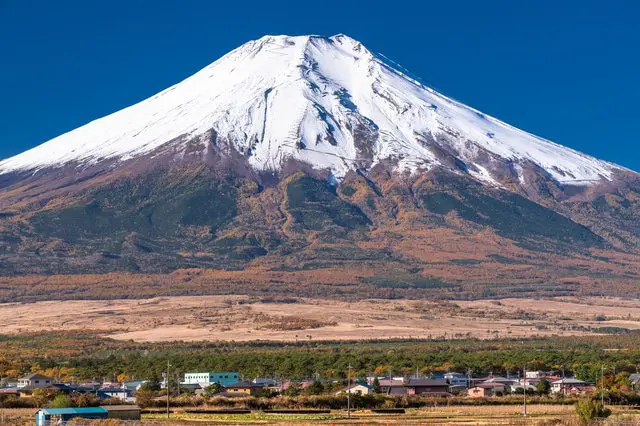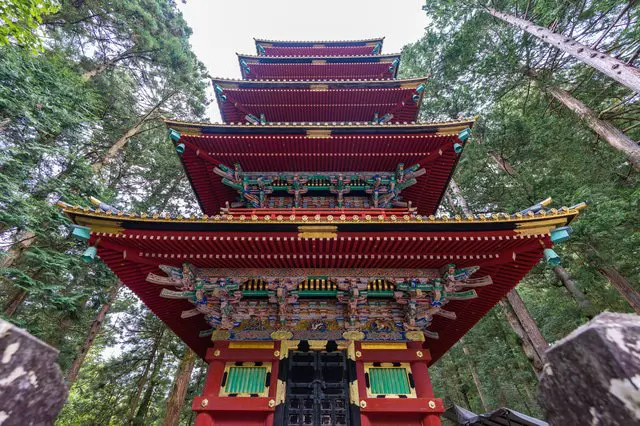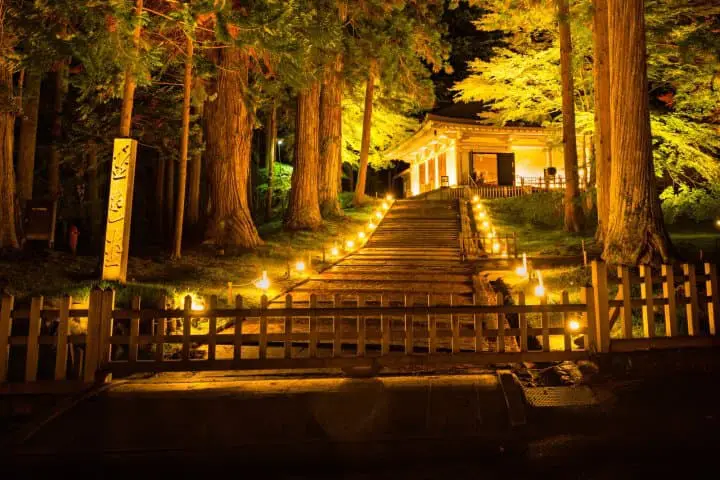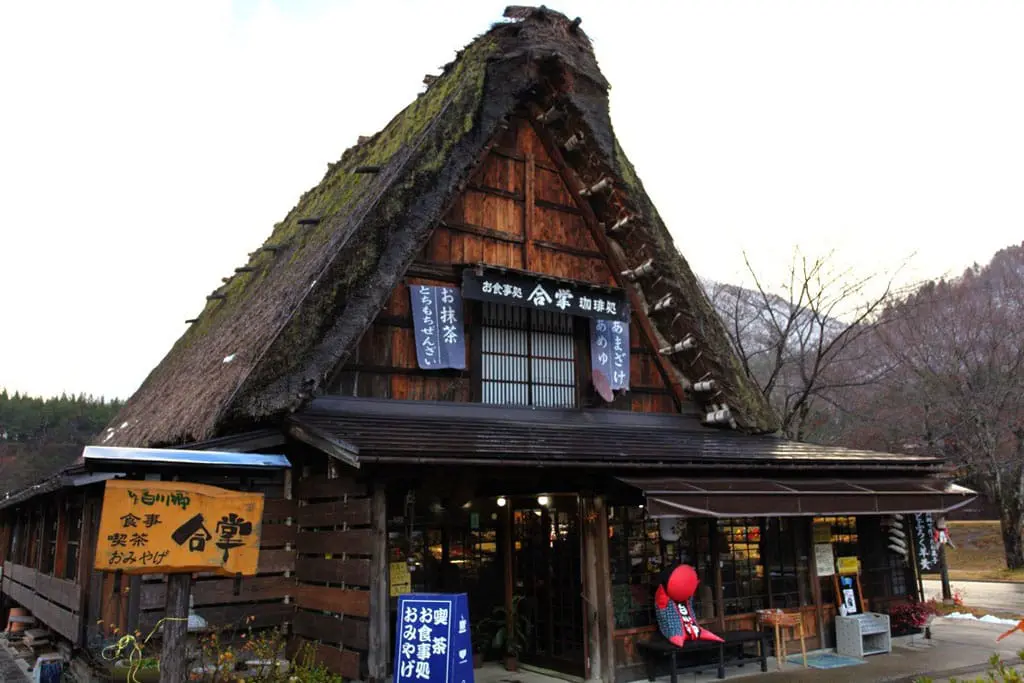4 World Heritage Sites You Must Visit: East Japan Edition

This article features 4 Japanese UNESCO world heritage sites: Mount Fuji, Nikko Tōsho-gu Shrine, Chūsonji Temple in Hiraizumi and Shirakawagō.
A world heritage site is a place recognized as having a universal worth for the entire humanity, from both a cultural and historical perspective. When one ventures abroad, one is inspired to see the world heritage sites of the country one visits. As of December 2015, Japan has 19 places recorded in the UNESCO World Heritage list. This time we would like to introduce 4 places from the cultural heritage sites in Eastern Japan.
Read also: Japanese Nature Sites You Must See Once In Your Lifetime
1. Mount Fuji (Shizuoka/Yamanashi Prefectures)

It can be said that Mount Fuji is the emblem of Japan. This world heritage site is registered as "a sacred place and source of artistic inspiration". Artworks such as ukiyo-e (prints depicting life in the Edo period) and every day goods contain the image of Mount Fuji, which is almost synonymous with Japanese culture. An example of this is the ukiyo-e collection "The Thirty-Six Views of Mount Fuji" by Katsushika Hokusai. Hokusai depicted Mount Fuji from various different vantage points during the Edo period, inspiring many Japanese and overseas artists, such as the Dutch artist Vincent Van Gogh.
By traveling on the highway express bus, it usually takes 3 hours from Tokyo to Mount Fuji. Traveling by train will take you an average of 2 hrs 30mins. Please get off at nearby Kawaguchi-ko Station. From the beginning of July to mid-September, one can climb Mt. Fuji during a limited period. Please check out the articles below for various information on climbing this peak, including preparation and necessary precautions.
Read also: The Complete Guide to Climbing Mt. Fuji (Yoshida Trail)
2. The Shrines and Temples of Nikko (Tochigi Prefecture)

In 1999 the shrines and temples of Nikko City in Tochigi prefecture were given world heritage status. One of the places listed was Nikko Tōshō-gū Shrine, which attracts many enthusiastic tourists. Out of the 55 buildings lining the precincts of this shrine, 8 buildings are designated as national treasures, and 34 buildings are considered important cultural properties. This shrine definitely provides an altogether jam-packed and jaw-dropping experience.
The picture above depicts the large temple gate. The entire gate has been painted with whitewash (gofun, which is a white paint made from burnt clam shells) - thus giving the gate its classic white finish. The gate is also intricately decorated. The level of detail and grandeur will not fail to amaze you!

This is a pagoda. It's heavily embellished and coated in a vibrant red color. Its majestic presence is a sight to behold. Please consult the article below which outlines the routes between Tokyo and Nikko.
Read also: How To Travel From Asakusa To Nikko
3. Hiraizumi (Iwate Prefecture)

Hirazumi is a municipality in the south-east area of Iwate prefecture. This area boasts many temples and monuments. Five of these are included in the Historical Monuments and Sites of Hiraizumi, declared world heritage sites by UNESCO in 2011.
Out of the 5 temples and monuments that received world heritage status, Chūsonji Temple is the most well-known (see the picture above). Steeped in history, this ancient temple was built in 850 A.D. The large-scale temple buildings were erected at the beginning of the twelfth century.
From Chūsonji's many towers, by far the most stunning one is Konjikidō. It's a feast for your eyes! The entire hall and the statue of Buddha is embossed with gold leaf and mother of pearl, making for an opulent sight.
If you are travelling to Hiraizumi from Tokyo, it is best to use a combination of local and bullet trains. You can get to Ichinoseki (Iwate prefecture) by the Tōhoku Shinkansen, then take a local train to Hiraizumi Station. Allow between 2 hrs 30 mins to 3 hrs for the journey.
4. Shirakawagō (Gifu Prefecture)

Picture from: Marvel at the UNESCO-Recognized Architecture of Shirakawa-gō
Shirakawagō refers to a settlement of traditional Japanese-style houses with a rafter roof. The thatched roof is made from Japanese pampas grass. Commonly known as gashōzukuri, the shape of the roof gets its name from the term "gashō", which means clasping one's hands together in prayer.
The Shirakawa area experiences a lot of snowfall, and in the winter the thatched roofs are often covered in snow. The small enclave of buildings covered in snow can be quite magical.
It is best to travel by express bus from Tokyo to Shirakawa, with an expected travel time of 5-6 hours.
Read also: (JTB Tour) Tour World Heritage Site Shirakawa-gō, Kanazawa and Hidatakayama
In Conclusion
The world heritage sites mentioned in this article are steeped in history and you can feel the authentic Japanese culture by visiting them. Please come and experience the magic with your own eyes!
A Japanese girl who loves Japanese Rock music especially L'Arc-en-Ciel and VAMPS! L'Arc-en-Ciel、VAMPSをこよなく愛する20代です。全国どこでもライブを見に飛び回ってます。出身は山口県下関市です。 日本のロックミュージックと山口の知られていない魅力を中心に、様々な魅力を世界に発信していきたいと思います!








































![[Coupon Available] Attention Overseas Winter Sports Fans! Nagano's Sports Depot Has Evolved](https://resources.matcha-jp.com/resize/720x2000/2026/01/05-254819.webp)
![[2 hours from Tokyo ] 10 Quiet and Breathtaking Views of Mount Fuji in Yamanashi Hokuto City , Yamanashi - Part 2](https://resources.matcha-jp.com/resize/720x2000/2025/12/16-253037.webp)

![[Reopening in March 2026] Ikoma Sanjo Amusement Park Park, 45 minutes from Osaka , with free admission](https://resources.matcha-jp.com/resize/720x2000/2024/08/28-194409.webp)